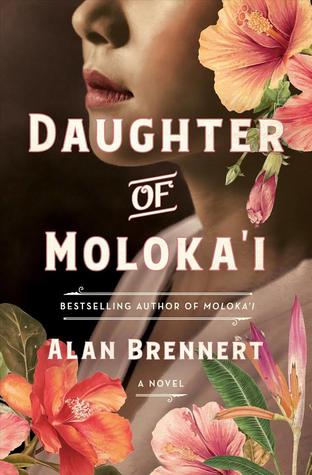
Moloka’i told the story of Rachel Utagawa, nee Kalama, who lived in the Kalaupapa lazaretto from age 7 when she was diagnosed with leprosy. This book follows her daughter Ruth’s life, from the moment she was taken away from Rachel and her husband Kenji, for her health’s sake. Dear Reader watches her adoptive parents choose her, the half-Japanese, half-Hawaiian 5-year-old at the orphanage, sees her come of age on a California farm, and witnesses her incarceration in the Japanese internment camps in the US during WWII, along with her parents, brothers, husband, and children. This novel connects with the first one when Ruth meets Rachel, in the same scene from Ruth’s perspective this time, a brilliant and heartening re-telling of an emotionally charged meeting.
Brennert traverses the nuances of racism, fear of contagion, and human rights as he tells of the horror of being found out as a victim of leprosy in late 19th / early 20th century Hawai’i, and the dread of a child separated from her family to live with strangers. As with especially well-written historical fiction, the setting of Hawai’i / Moloka’i becomes its own character, showing Hawai’i’s children growing up surfing, the US stealing the islands from the last monarch, Queen Lili’uokalani, and the evolution of the lazaretto. Brennert touches upon Hawai’ian and Japanese honor, race relations and the lack of internment camps for Japanese in Hawai’i. He digs deep into Hawai’ian folklore, with a supporting character who is a native healer, how the “separating sickness” destroys families, and how friendship blends into family.
I was fortunate to receive a copy of this beautiful novel from St. Martin’s Press. I highly recommend reading Moloka’i for full immersion into the multi-generational story.